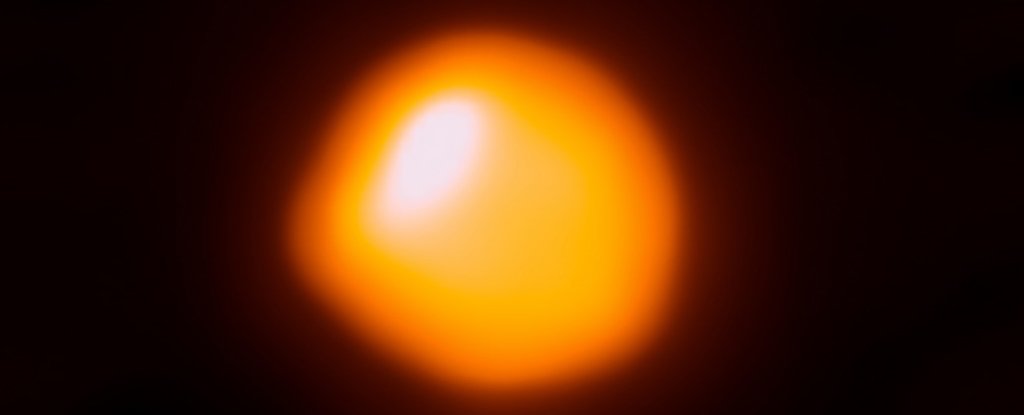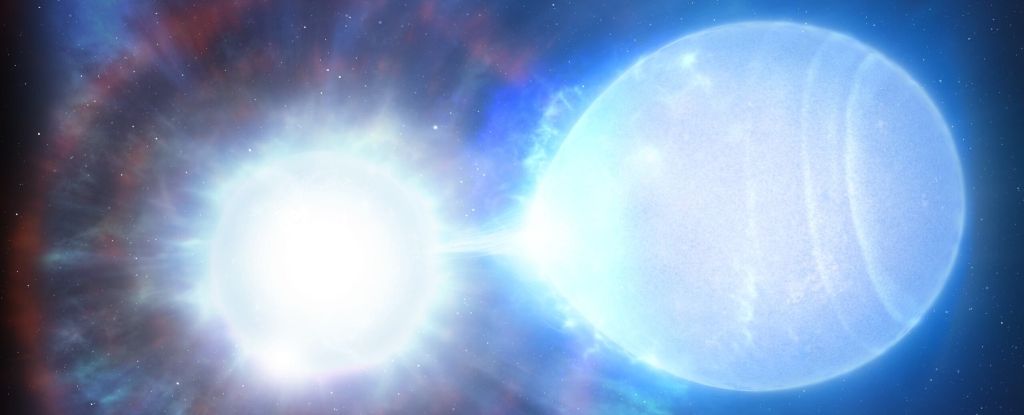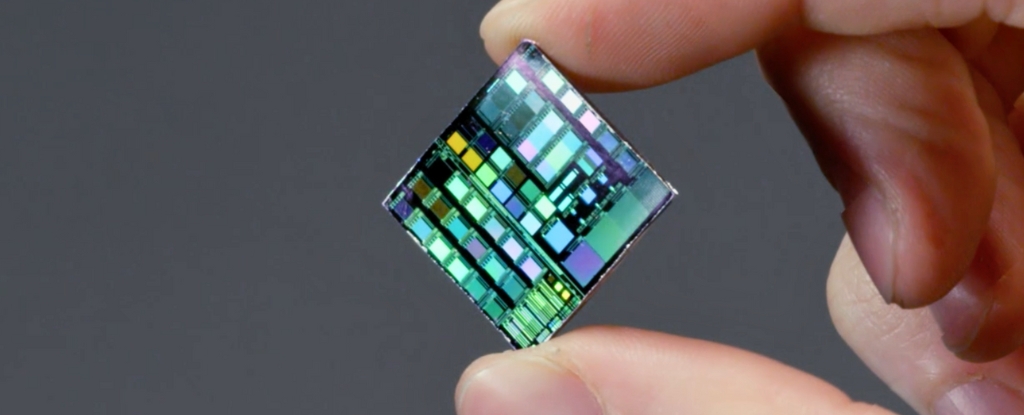Since the so-called “Great Dimming” that took place in the second half of 2019 and early 2020, the red giant star is Betelgeuse I just don’t want to stop the madness.
The regular cycles of the dying star’s brightness fluctuations have changed, and now Betelgeuse has become unusually bright. At the time of writing this article it was sitting by 142 percent of its normal brightness.
It has been oscillating on a small scale for months, but back and forth in a steady uptrend, reaching one recent high of 156 percent In April.
Currently, Betelgeuse is the seventh brightest star in the sky from its normal position as the tenth brightest star, prompting speculation that Betelgeuse is about to unleash a spectacular supernova.
Unfortunately, that’s probably not the case. Though Betelgeuse is on the brink of death on cosmic timescales, its supernova could be 100,000 years away on human timescales.
According to scientists, its current behavior is more like an ongoing wobbly after the 2019 eclipse, and the star will return to normal within a decade.
Betelgeuse, about 700 light-years from Earth, is one of the most interesting stars in the sky. It hangs over us, glowing like a bloodshot eye, a star in the red giant stage that marks the end of its life.
But Betelgeuse is an unusual type of star even for a red giant. Once upon a time there was an absolute monster: a blue-white type O star, the most massive stellar weight class.
Stars in this mass range burn up their hydrogen stores faster than lighter stars; Betelgeuse is just about 8 to 8.5 million years old. Compare that to a star like the Sun, which is only about halfway through its hydrogen-burning lifetime at 4.6 billion years old.
Betelgeuse has changed its spectral type as its hydrogen reserves are almost depleted. It is now fusing helium into carbon and oxygen and has swollen to a gigantic size: approx 764 times the size of the Sun and about 16.5 to 19 times its mass.
Eventually it will run out of fuel to burn, it will go supernova, its outer material will be ejected and its core will collapse into a state neutron star.
The Great Dimming event caused the star’s brightness to decrease significantly. almost 25 percent. Astronomers rushed to find out the cause; It turned out that Cooling off on the surface of Betelgeuse caused a huge cloud of dust to condense on the star.
This cloud was subsequently ejected and partially obscured Betelgeuse, apparently making it darker. Pretty normal behavior for a red giant star, say scientists; We don’t usually get a front row seat like that.
Before the Great Blackout, Betelgeuse also experienced regular fluctuations in brightness. The longest of these cycles is about 5.9 years; another is 400 days. But it appears that the Great Eclipse has caused some changes in these fluctuations.
New work, led by Harvard-Smithsonian Center for Astrophysics astrophysicist Morgan MacLeod and uploaded to preprint server arXiv, found that the The 400-day cycle appears to have halved.
This pulsation cycle is driven by expansion and contraction inside the star. According to simulations performed by MacLeod and his colleagues, a convective cloud could have formed inside Betelgeuse and become the material that is separating from the star.
In doing so, this upswing broke the phase of the 400-day cycle and instead created a roughly 200-day cycle that the star is currently exhibiting.
So Betelgeuse is still suffering from the Great Darkening, meaning it’s not unlikely that the current brightening is also related to ongoing issues.
As astrophysicist and Betelgeuse expert Andrea Dupree of the Harvard-Smithsonian Center for Astrophysics – a co-author on MacLean’s team – told Scientific American“Imagine taking out some of the material. Then everything else spills in and sloshes around… I think what’s happening is the upper layers are having trouble getting back to normal.”
However, the team believes that normalcy will eventually return to Betelgeuse and that the city will remain relatively peaceful at the turn of the millennium for some time to come.





